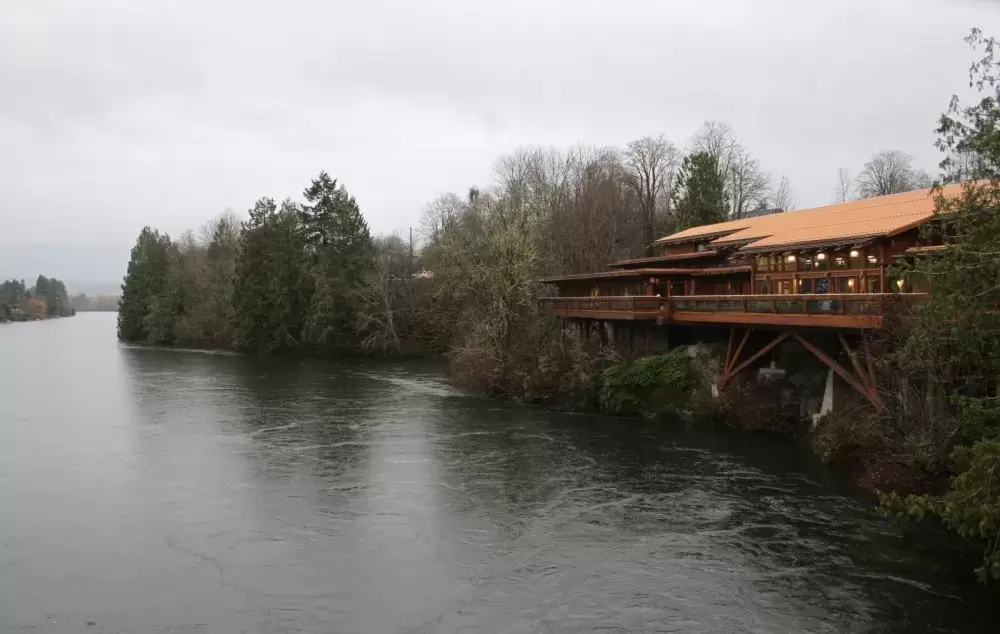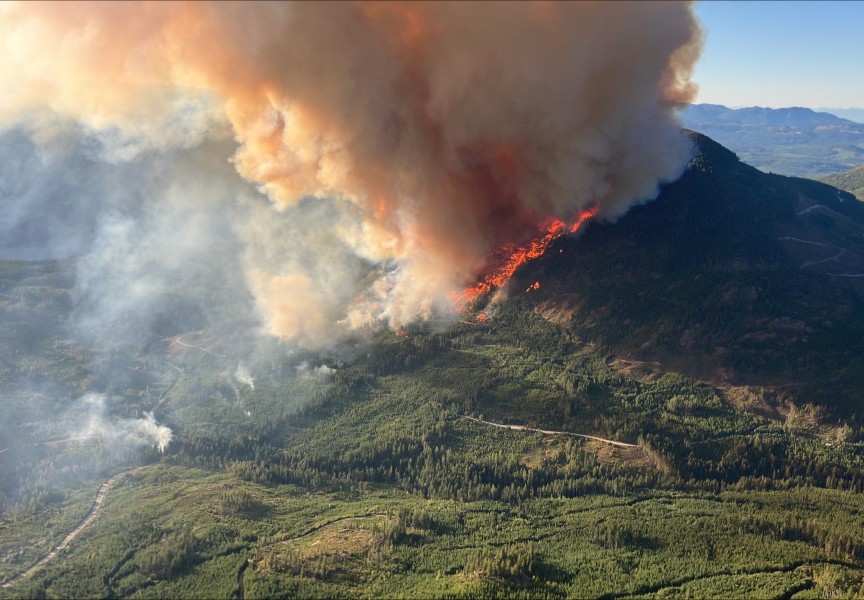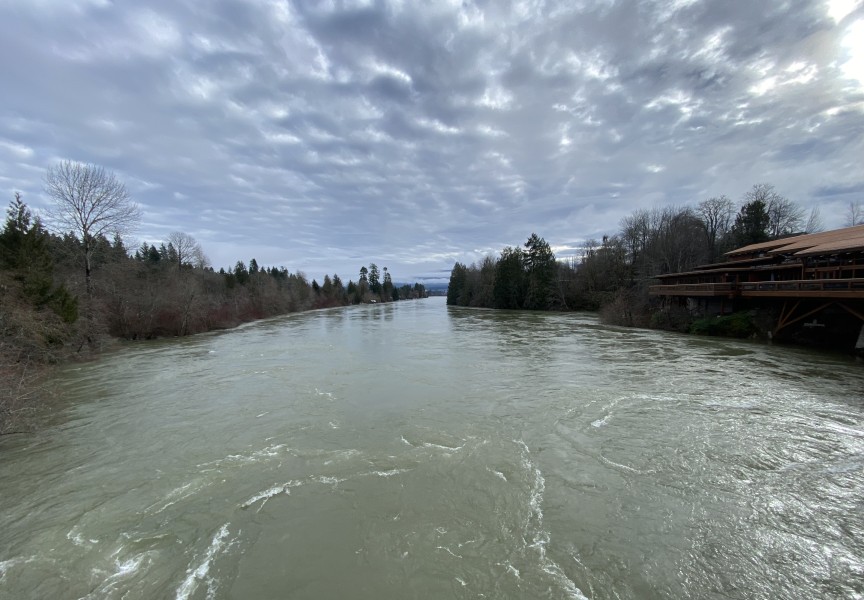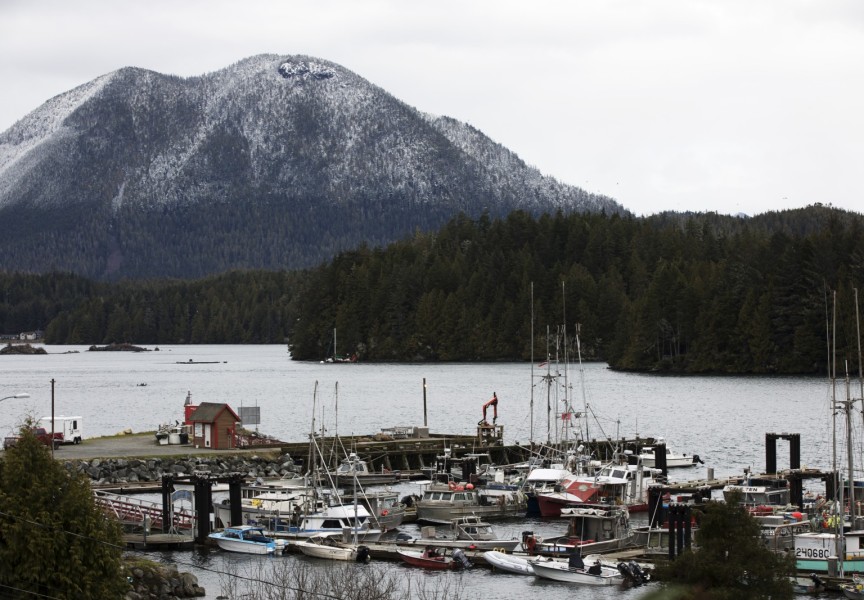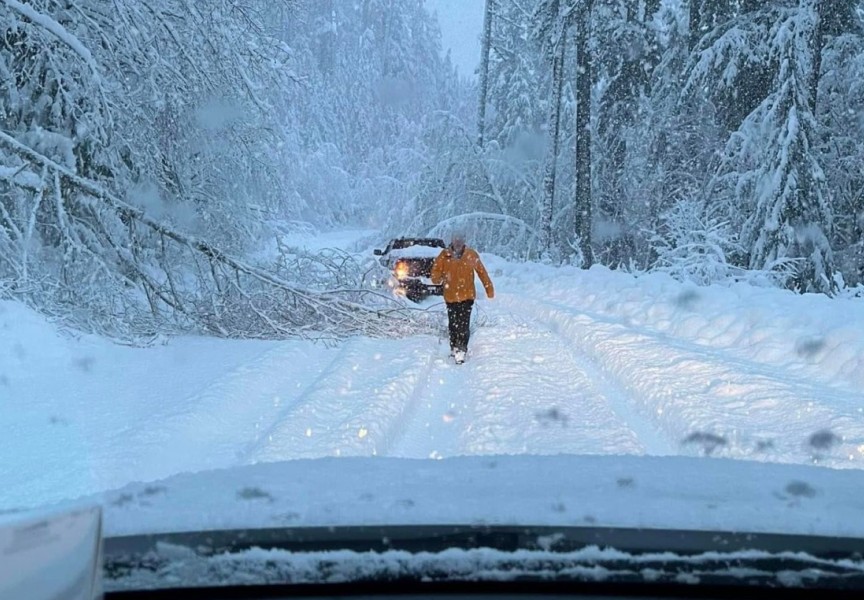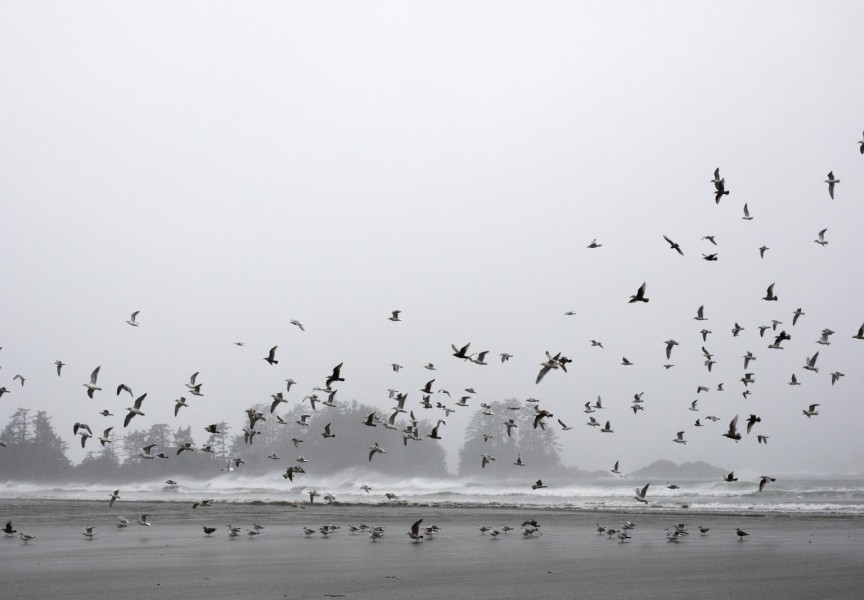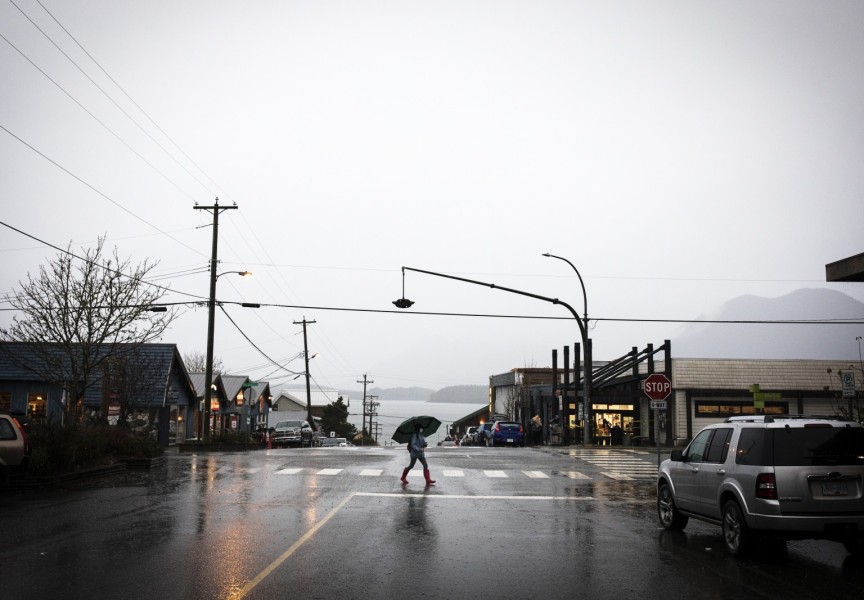Gina Pearson just might want to go out and purchase some lottery tickets.
That’s because Pearson, who is the emergency response co-ordinator for the Tseshaht First Nation, has surprisingly not had any additional stress at work in recent weeks.
Yes, various parts of British Columbia have suffered devastating consequences of late because of floods and landslides.
And the B.C. government declared a provincial state of emergency on Nov. 17 to provide a response to the widespread damage.
Mike Farnworth, the minister of Public Safety and Solicitor General, had announced the provincial emergency. He made the announcement after recommendations from Emergency Management BC and the Ministry of Transportation and Infrastructure.
The original state of emergency was scheduled to be in effect for 14 days. On Monday, the state of emergency was extended for an additional two weeks, until Dec. 14.
“Extending the state of emergency will extend the ongoing support and recovery from the widespread damage already caused by flooding while positioning us to take all necessary steps in the days ahead,” Farnworth said on Monday while announcing the extension.
But Pearson, who works out of the band administration office, said her First Nation has been extremely fortunate. Even though the First Nation’s community of Port Alberni has received a tremendous amount of rain, no issues have resulted from that, she said.
“We’ve been very lucky,” Pearson said. “We just haven’t had any flooding.”
Some were anticipating some flooding to occur as part of the First Nation is located beside the Somass River.
Flooding has occurred in Tseshaht in the past because of its proximity to the river.
“We are on flood watch,” Pearson said. “And that’s about all we can do right now.”
Pearson added the First Nation has yet to take any preventative measures to avoid flooding, and is somewhat surprised that the river has not risen to concerning levels.
“We monitor the houses that are along the river,” Pearson said, noting there are a dozen homes that are closely monitored on a consistent basis. “The closest house to the water is 50 feet from the riverbank. Once the water reaches that house, then we have a problem.”
As the emergency response co-ordinator for her First Nation, Pearson’s duties include doing a visual inspection of the water levels in the community.
On days it rains, she leaves her office and heads to the community’s Papermill Dam to assess water levels.
She’ll also monitor if there are any signs of potential water troubles for the Tseshaht homes along the river.
“We’ve been lucky for about four years now,” Pearson said, as flooding has not been a concern for community members recently.
She added the last flooding in town occurred because there was also a large amount of snow on mountains surrounding the community. Heavy rains melted substantial amounts of accumulated snow, then forcing additional water into the community and into various homes.
Pearson recalled some Tseshaht homes were evacuated at the time and residents had to spend three days in hotel rooms.
If needed, Pearson would have to place a phone call to officials with Emergency Management BC. This organization would then be responsible for providing bags and sand to help mitigate any potential problems in the community.
Emergency Management BC would also cover the expenses for any residents who would need to evacuate and find alternate housing arrangements.

